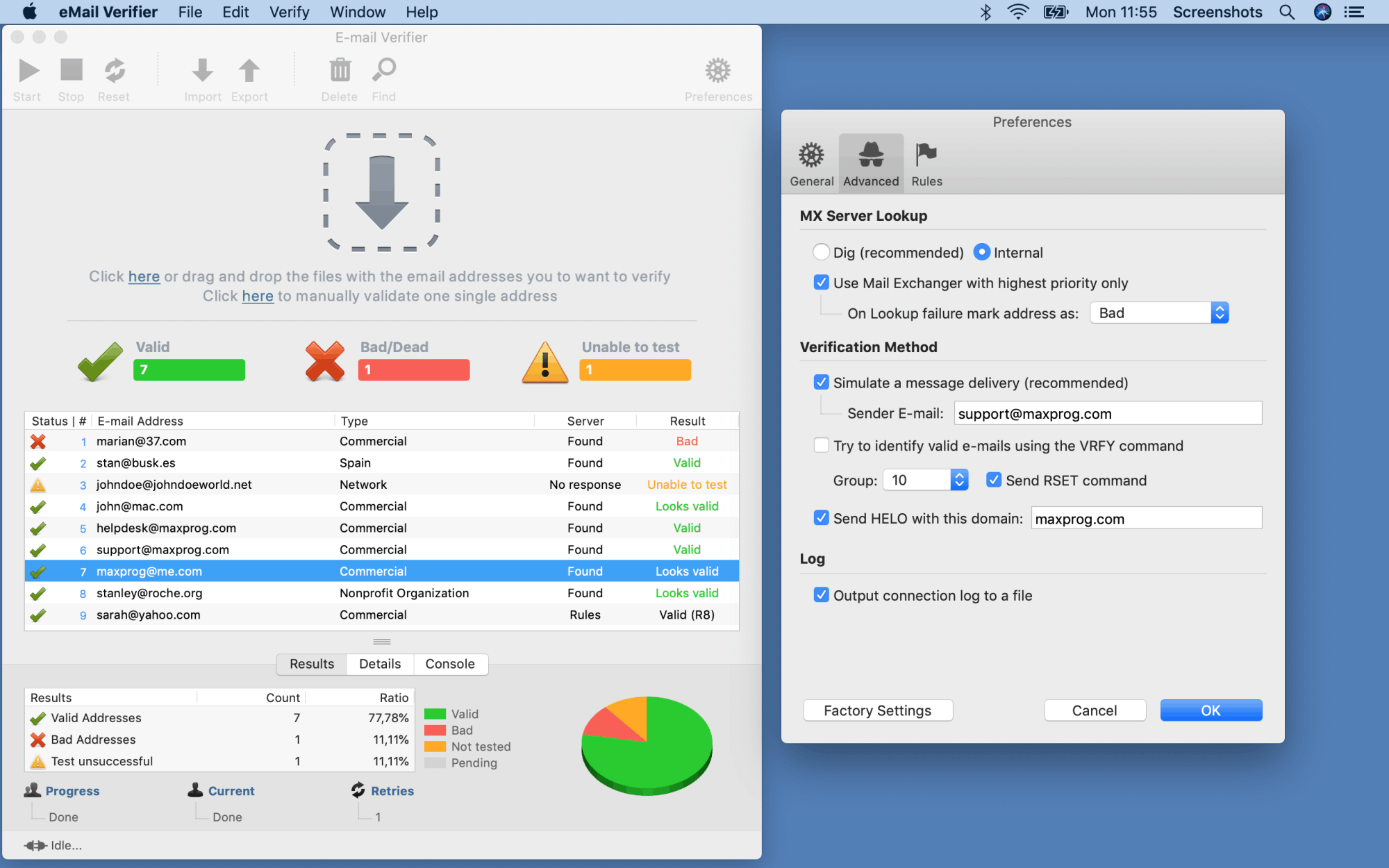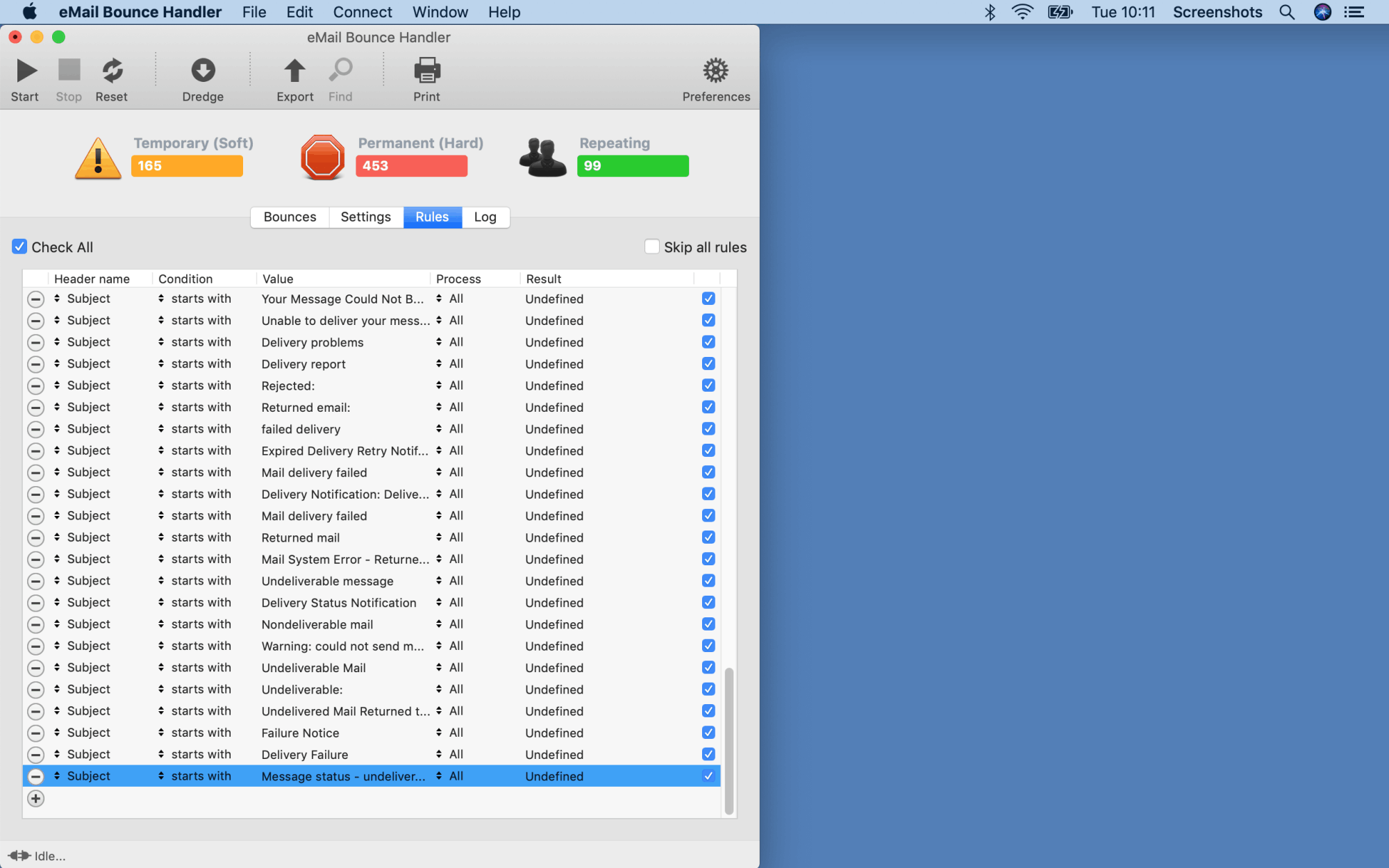

Wait, can my ESP place limits on my account? There is also the chance that you’re getting a higher soft bounce rate because your email service provider (ESP) has placed limits on your account. Full inboxes are usually a telltale sign of an older email list and should be treated as an invalid email and sent to a suppression list. However, the chances are that the recipient’s mailbox is full because they’ve abandoned it like an old Blockbuster Video. Some senders might want to continue sending to inboxes that are full under the assumption that the recipient will eventually clean those inboxes to free up space for more emails. For others, it can get a little complicated. Some soft bounces have easy solutions, like removing a bit of the content from an email that’s too large. Soft bounces are a little different from hard bounces in that there isn’t some one-size-fits-all solution for them. This cuts down on wrong addresses, giving you a cleaner mailing list from the start and a better sender reputation. To avoid them entirely, you can verify an existing list or add a double opt-in feature to your forms to ensure users’ emails are correct. It’s as easy as that, with (hopefully) no profanity involved. As we stated earlier, just add those addresses to a suppression list to bring your hard bounces down. If you are sending to a list for the first time without validating it first, you might see a larger hard bounce rate due to factors like typos. When it comes to hard bounces, you shouldn’t see a sudden increase at any point while sending emails.

What about a sudden increase in email bounces? In these cases, most ESPs will attempt delivery a few more times in case circumstances change and then stop if the email continues to bounce.īounced back emails are just one of many possible outcomes when sending an email – read our ultimate guide to email metrics to better understand your email stats. There isn’t any one solution for soft bounces, but the email still can’t be delivered to the recipient’s mailbox at that point in time. What kind of temporary circumstance? Anything from the email message being too large to the recipient’s email server being down. On the other hand, soft bounces (temporary failures) cannot be delivered due to some kind of temporary issue. Instead, we use this hard bounce as a reminder to prompt them to update their valid email address another way, either in-app or using a CPaaS method. The customer still wants to hear from you, so deleting their record would mean losing a customer. Suddenly, you receive a hard bounce from this email address. Instead, emails that hard bounce should be added to a suppression list ( Mailgun does this automatically).Ĭonsider this scenario: your customer changes ISP from Yahoo to Gmail and forgets to update their email account on your system.

Deleting customer data is not recommended. If it has nowhere to go, not even we can deliver it.Ī common misconception is that nothing you do will change this bounce, so some senders think it’s best to just throw those email addresses off your lists or CRM. Most email providers – Mailgun included – will stop attempting to send hard bounce messages after the first attempt.

Common reasons for hard bounces are invalid email addresses, the receiving server no longer exists, misspelled domain names or recipient addresses, etc. Hard bounces, also known as permanent failures, mean that the message is undeliverable due to some sort of unchangeable, permanent reason. There are two types of bounces you can run into when sending email - hard bounces and soft bounces. You will usually receive an auto-reply to your message that gives you a reason for the non-delivery. Email bounces (which make up part of your total delivery) occur when an email cannot be delivered to a recipient’s inbox.


 0 kommentar(er)
0 kommentar(er)
